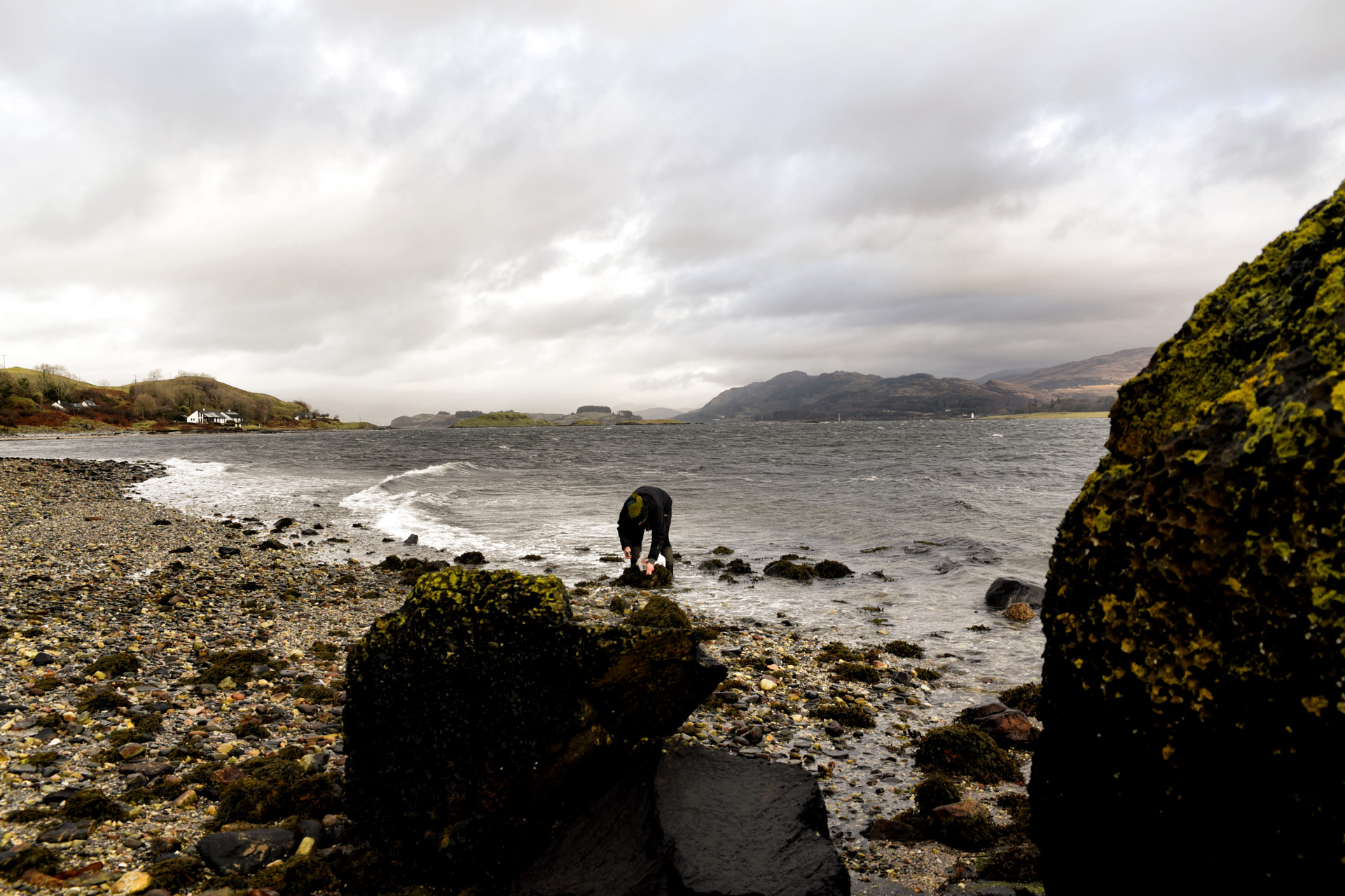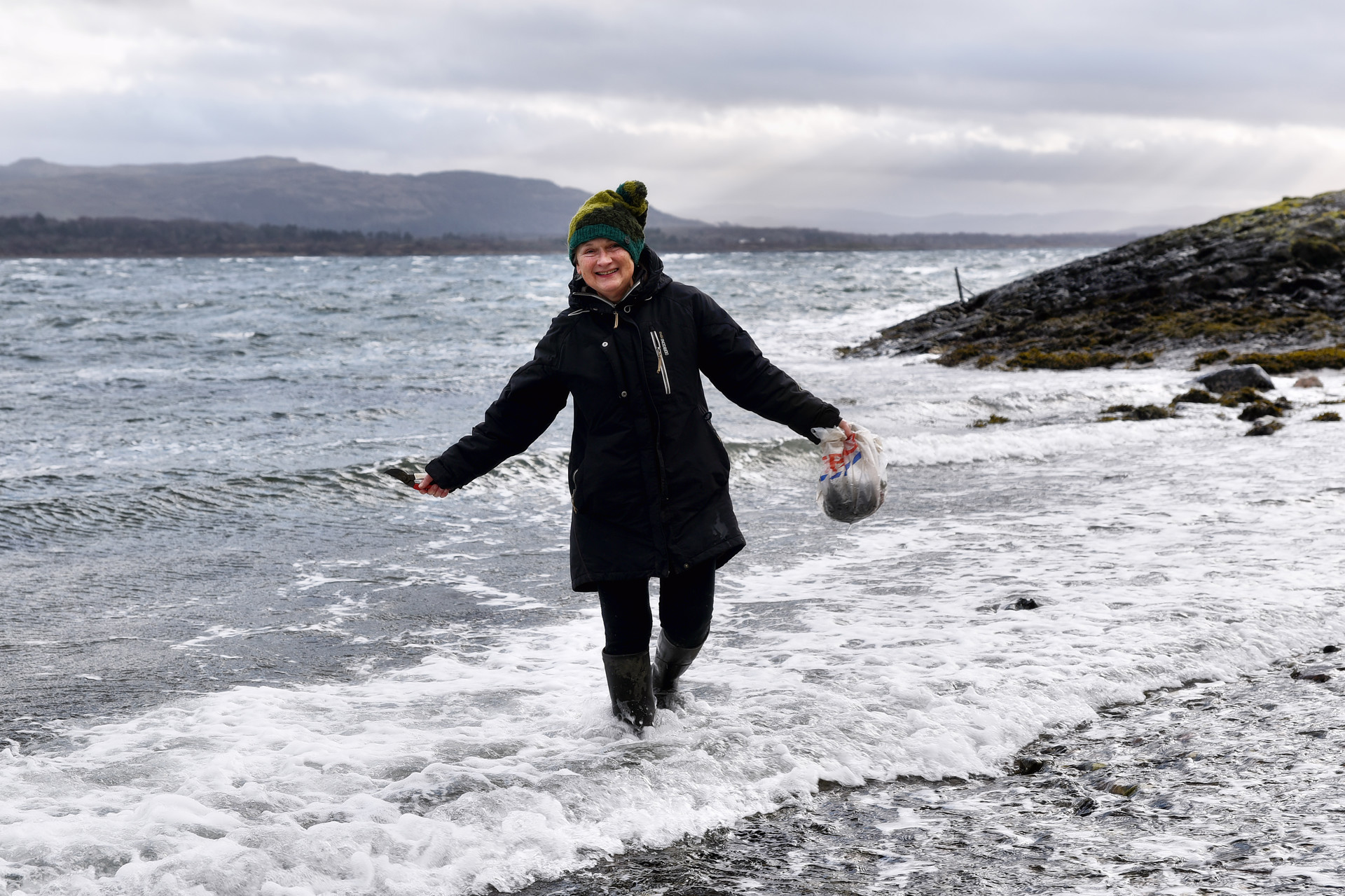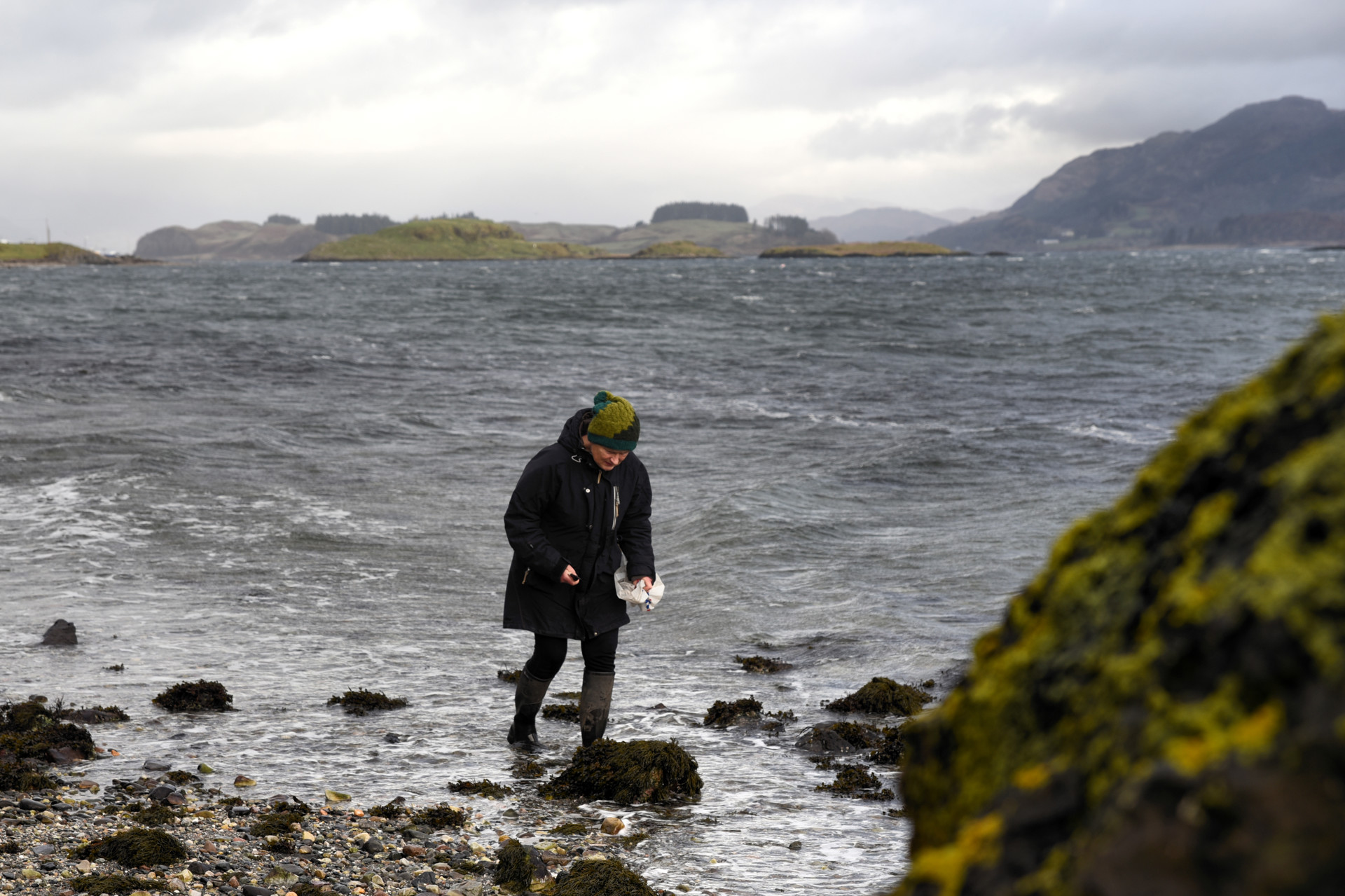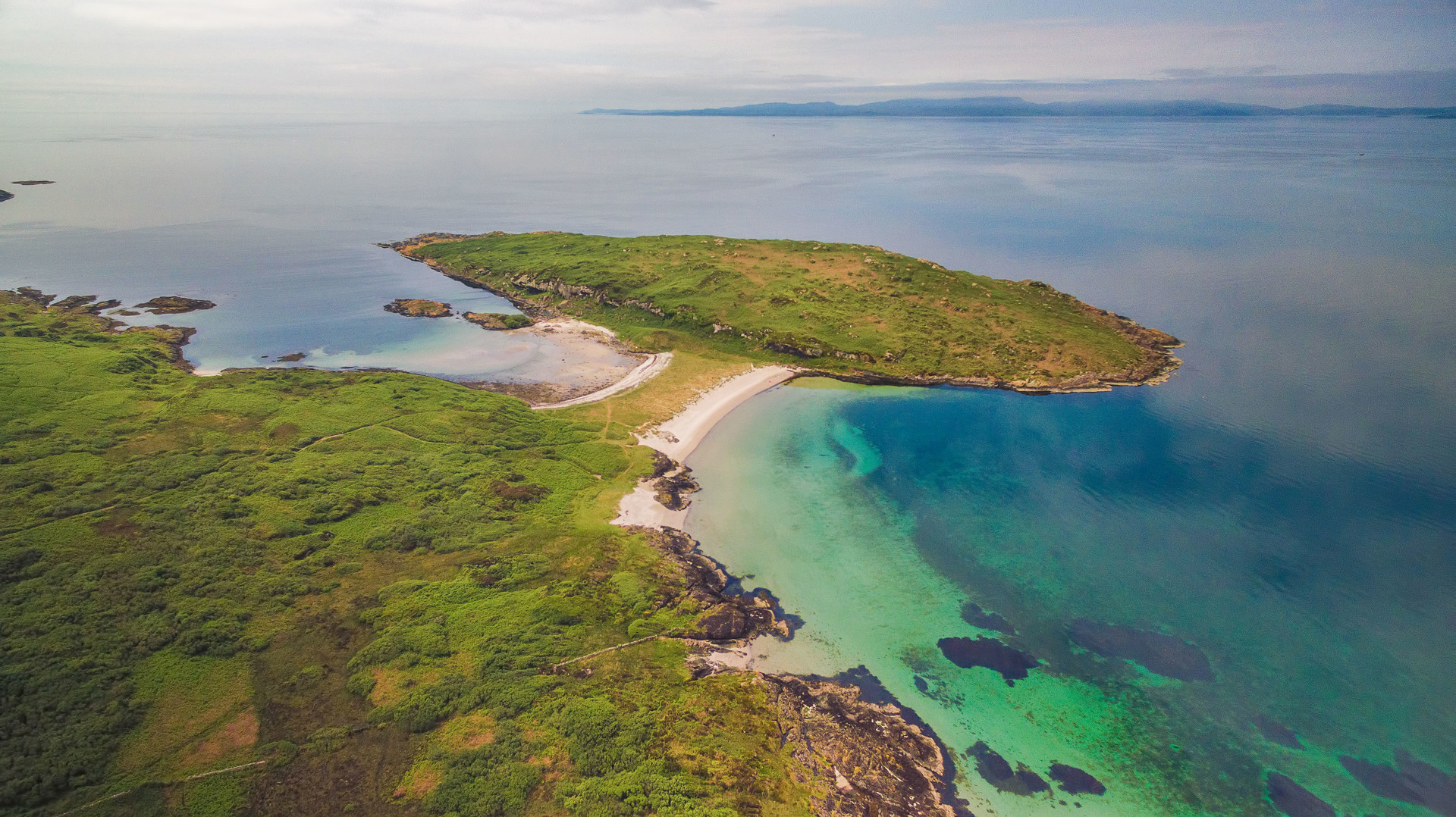
Foraging in Argyll & the Isles
Scotland's Natural CoastConnecting with nature and improving wellbeing have become increasingly important to many of us, especially in recent years. The Covid pandemic, war, the cost of living, increasingly erratic weather patterns and climate change have all taken their toll on both humans and wildlife.
But Covid did show us something else too, how wildlife could come back into spaces overrun by the mechanisations of our busy modern lives if left in peace. How, if forced to stay at home and fortunate enough to have a green space or garden, we could reconnect, perhaps growing our own vegetables, taking a walk or just taking the time to pause, watch and listen to our natural world. And with an interest in nature, so too has there been a growing interest in foraging, where our food comes from, what ‘wild’ foods we might eat in times of crisis or to benefit our health.

Connecting with Nature - The Art of Foraging
The desire to learn about an age-old art that was once a necessity for the survival of the first human hunter gatherers and for many of our own parents, grandparents and great grandparents during war, is in itself valuable. Learning about our own flora and fauna, what can be safely and sustainably eaten and how such foods can be incorporated into a more natural and healthy diet allows for e reconnection with the species that grow around us, from our own backyards to city parks, woodlands, rocky coasts and even mountain tops. Indeed, this is what many nomadic tribes still do across the world to this day, but in our modern busy lives much has been forgotten for the sake of speed and convenience.
Learning to forage for sustainable ingredients is a real joy, and even if you are familiar with blackberries, nettles and rosehips, there are an abundance of other species out there, which often come as a surprise. They are the plants so often busily weeded out or sprayed without the realisation that they can be a valuable and tasty food source. Think dandelions, docks, ground elder and hairy bittercress. Or invasive species such as Japanese Knotweed, Himalayan Balsam, and Chilean Rhubarb.
Importantly it is learning about what we can eat safely, where and how to collect wild species sustainably, correct identification – especially where species may be confused with a deadly lookalike – and knowing the law.
Some Useful Notes
Although we only briefly cover access here it is important to note that the Land Reform (Scotland) Act 2003 established ‘statutory rights of responsible access on and over most land, including inland water, for the purpose of open air recreation’ within the framework of the Scottish Outdoor Access Code which essentially allows for a range of outdoor and educational activities as long as they are undertaken RESPONSIBLY.
We have not covered shellfish, crustaceans, fishing or hunting. There are many Marine Protected Areas (MPAs) and the special nature of the Argyll Hope Spot and the area’s rivers and lochs means you should seek permission from the relevant landowner or angling club and advice/permission from NatureScot in areas that are protected where there are likely to be restrictions in place. Note there are also quotas re landing crustaceans for personal use.



